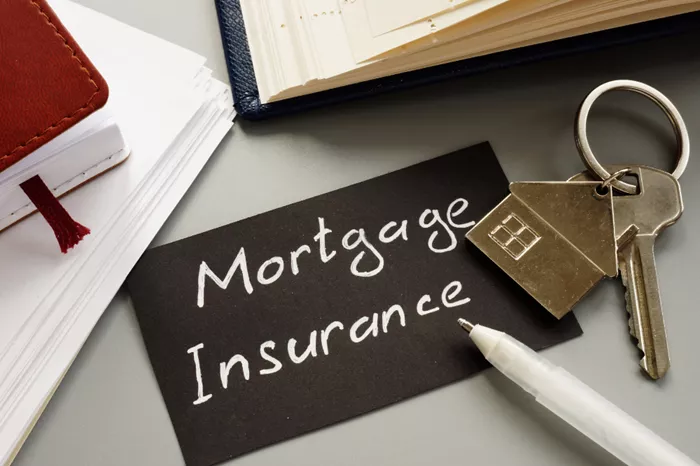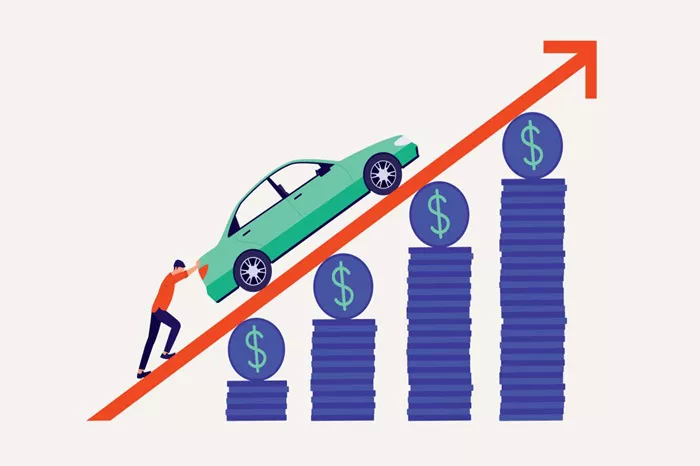Flooding is one of the most common and damaging natural disasters in the United States. It can happen in almost any state, any time of the year, and can cause massive losses to homes, businesses, and communities. Many people think their regular homeowners insurance will protect them from flood damage—but that is not true. Standard home insurance policies usually do not cover floods.
That’s where the National Flood Insurance Program (NFIP) comes in. It is a program created by the federal government to help people protect themselves financially from the effects of floods. In this article, we’ll explain everything you need to know about the NFIP in clear, simple terms. We’ll cover what it is, why it was created, how it works, who it helps, what it covers, and why it might be a smart choice for you.
What Is the National Flood Insurance Program?
The National Flood Insurance Program, or NFIP, is a federal program managed by the Federal Emergency Management Agency (FEMA). It provides flood insurance to homeowners, renters, and business owners. The program was created in 1968 to help people recover from flood losses and to reduce the need for government-funded disaster aid.
Before the NFIP existed, people who suffered flood damage had very few options. Most insurance companies did not offer flood coverage, and government disaster aid was not always available or enough. The NFIP gave people a better option: buy insurance ahead of time, so you are protected if a flood happens.
Today, millions of people across the country have NFIP policies. It is the most common way people get flood insurance.
Why Was the NFIP Created?
The NFIP was started because flooding was causing huge problems for many communities, and the damage was often very expensive. When floods happened, people needed help rebuilding. But there was no organized way to provide that help.
Insurance companies didn’t want to offer flood coverage on their own. Floods can cause massive losses in a short amount of time, and the risk was too high. So, the government stepped in.
The NFIP was designed to:
Give people access to affordable flood insurance
Help communities become more flood-safe
Reduce the cost of disaster aid after floods
By offering insurance and encouraging smarter building in flood zones, the NFIP tries to lower the overall impact of floods across the country.
How Does the NFIP Work?
The NFIP works through a partnership between the federal government and local communities. Here’s how the system works in simple steps:
Communities Join the NFIP
A town or city agrees to follow certain rules to reduce flood risks. These rules might include zoning laws, building codes, or managing how land near water is used. In return, the people in that community can buy NFIP flood insurance.
People Buy Insurance
Once the community joins, homeowners, renters, and businesses can buy flood insurance through the NFIP. The policies are sold by regular insurance agents, but they are backed by the federal government.
FEMA Sets the Rules
FEMA decides what the coverage includes, how much it costs, and how claims are handled. Everyone gets the same types of coverage, whether they live in Texas, Florida, or New York.
Premiums Are Based on Risk
The cost of insurance depends on how likely it is that your property will flood. FEMA uses flood maps to figure this out. High-risk areas pay more, and low-risk areas pay less.
Claims Help You Rebuild
If you have a flood and your property is damaged, you can file a claim with your insurance provider. The NFIP helps pay for repairs or replacements up to your coverage limit.
Who Can Buy NFIP Flood Insurance?
You can buy flood insurance through the NFIP if your community participates in the program. More than 22,000 communities across the country are part of it, so chances are good that your town or city is already involved.
You can get coverage if you are:
A homeowner
A renter
A business owner
A condo unit owner
You don’t have to live in a high-risk area to buy flood insurance. In fact, about one-third of all flood claims come from people who live in areas with a low or moderate risk.
What Does NFIP Flood Insurance Cover?
Flood insurance under the NFIP covers two main things: your building and your belongings.
1. Building Coverage
This helps pay for damage to the structure of your home or business. It includes:
Foundation and walls
Electrical and plumbing systems
Central air conditioning and furnaces
Water heaters
Built-in appliances like stoves and dishwashers
Permanently installed carpets over unfinished floors
Detached garages (with some limits)
You can buy up to $250,000 in building coverage for residential properties. Businesses can get up to $500,000.
2. Contents Coverage
This helps cover the items inside your building, such as:
Furniture
Clothing
Electronics
Rugs and curtains
Washers and dryers
Portable air conditioners
Freezers and food inside them
You can buy up to $100,000 in contents coverage for homes and up to $500,000 for businesses. Renters can buy contents-only policies if they don’t own the building.
You choose how much of each coverage you want when you buy the policy.
What Doesn’t NFIP Insurance Cover?
Flood insurance helps with many things, but it doesn’t cover everything. Here are some things it usually does not cover:
Damage from moisture or mold that you could have prevented
Property outside your home, like decks, patios, or landscaping
Vehicles, like cars or motorcycles
Loss of income or business interruption
Temporary housing or living expenses if you need to move out
Damage caused by earth movement, even if it’s caused by flood
It’s important to read your policy or ask your agent what is and isn’t covered.
How Are Flood Zones Determined?
FEMA creates flood maps that show which areas are more likely to flood. These maps use letters to mark the zones:
High-risk areas: Zones A, AE, AH, AO, and VE
Moderate- to low-risk areas: Zones B, C, and X
If you live in a high-risk zone and have a mortgage from a federally backed lender, you are required to have flood insurance. If you live in a low-risk zone, you’re not required, but you can still buy coverage—and it’s often much cheaper.
FEMA updates these maps over time to reflect changes in the environment, construction, or weather patterns.
How Much Does NFIP Flood Insurance Cost?
The cost of your flood insurance depends on several factors:
Your flood zone
The age and type of your building
How high your home sits above the base flood level
Whether you have a basement
The amount of coverage you choose
In general, people in low-risk zones pay less. Preferred Risk Policies (special low-cost NFIP policies) are available to people in these areas and often cost just a few hundred dollars a year.
Keep in mind that most NFIP policies take 30 days to go into effect. So, you can’t wait until a storm is coming to buy coverage.
Why Is Flood Insurance So Important?
Flooding can happen quickly and without much warning. A few inches of water can cause thousands of dollars in damage. Even if you think you live in a safe area, floods from heavy rain, melting snow, or a blocked storm drain can still reach your home.
Here are some reasons why flood insurance is a smart move:
Most Homeowners Policies Don’t Cover Floods
If you don’t have flood insurance, you’ll have to pay for repairs and replacements yourself.
Federal Aid Is Not Guaranteed
After a disaster, the government may offer grants or loans, but it’s not certain. Loans must be paid back. Insurance gives you more reliable protection.
Climate Is Changing
As weather patterns shift, areas that didn’t flood before are now seeing more storms, heavier rain, and rising water levels.
Peace of Mind
Having a flood policy helps you feel secure, knowing you’re prepared for the unexpected.
Can I Get Private Flood Insurance Instead?
Yes, you can. The NFIP is not your only option. Some private insurance companies offer their own flood policies. These may include higher coverage limits, shorter waiting periods, or extra benefits like temporary living expenses.
However, NFIP policies are still widely trusted and backed by the government. They also help communities stay eligible for federal aid and grants through the program.
How Do I Buy NFIP Flood Insurance?
Buying a flood insurance policy through the NFIP is simple. Follow these steps:
Find Out Your Flood Zone
Ask your insurance agent or visit FEMA’s flood map website.
Talk to an Insurance Agent
Most local agents sell NFIP policies. They can explain your options and help you apply.
Choose Your Coverage
Decide how much building and contents coverage you need.
Buy the Policy
Your agent will submit the paperwork, and your policy will begin in 30 days.
Conclusion
The National Flood Insurance Program is a vital tool that protects homes, businesses, and entire communities from the financial damage caused by flooding. Even if you live in an area that seems safe, flooding can still occur. The NFIP offers a way to prepare, stay safe, and recover faster.
By offering fair, government-backed coverage and encouraging safer building practices, the NFIP does more than just provide insurance. It helps reduce risk, protect families, and support recovery after disasters.
Related topic:
Do I Need Flood Insurance by Address?




















